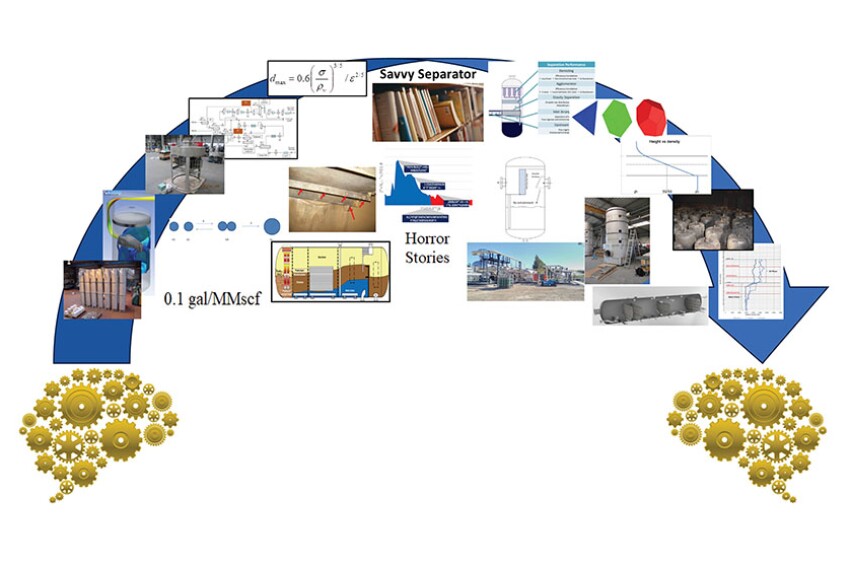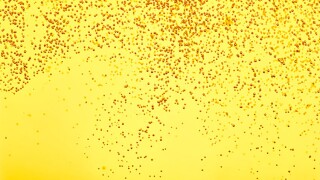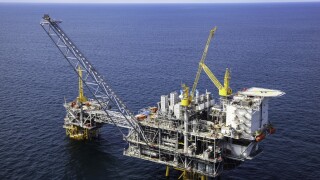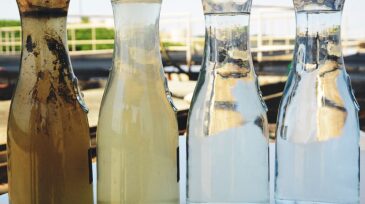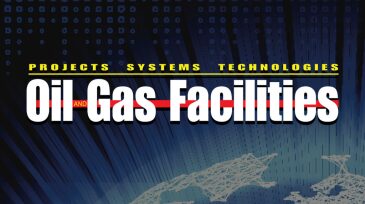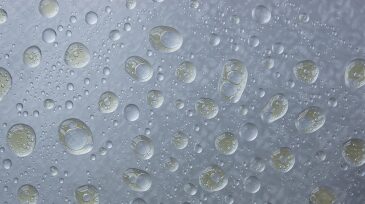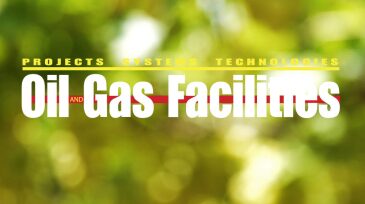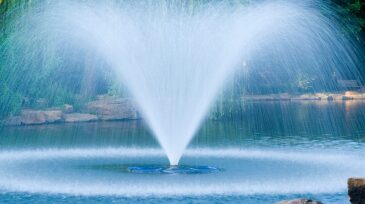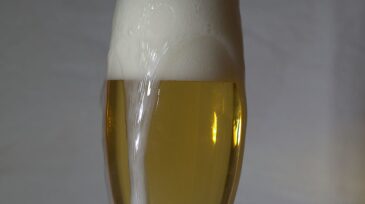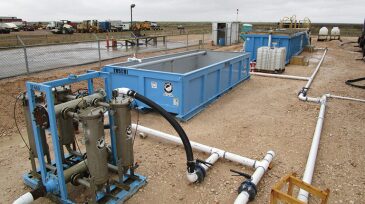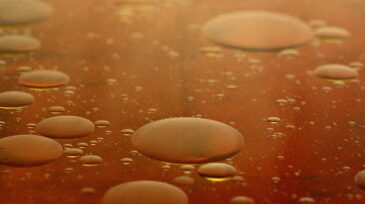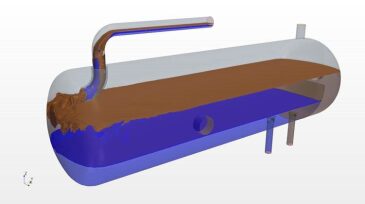Separation/treating
In this final installment of the Savvy Separator Series (No. 23), the authors present a curated collection of recommended references, articles, and other key resources—a comprehensive guide worth reading, bookmarking, and keeping in your library.
With the right internal modifications, traditional degassers can be enhanced with gas flotation for improved oily water separation. This article outlines key design considerations—including inlet and settling zones, skimming, and solids handling. Two case studies highlight lessons learned in troubleshooting and revamping degasser designs.
This article is the second of a two-part series on produced-water management in the Gulf of Mexico and covers four themes: equipment, process configuration, operations, and effluent quality.
-
OriginClear agreed to a sales licensing deal for use of its Electro Water Separation technology at a Sinopec-operated shale gas site.
-
A senior process engineer from TechnipFMC discusses the ways in which inadequate design and sizing methodologies can lead to poor scrubber performance.
-
This first article in a two-part series discusses a new methodology for sizing and rating three-phase separators that is based on quantifying the actual mechanisms and physics that govern performance in typically used equipment.
-
In this tenth article of the series, the author focuses primarily on specific operational elements of troubleshooting rather than the mechanical design of the separator.
-
Looped lines are used to reduce pressure drop and increase flow capacity, but information on the flow behavior or predictive methods are not available for these systems.
-
Lessons learned in debottlenecking a “dirty” triethylene glycol contactor at the ExxonMobil Upstream Research Company’s LaBarge Black Canyon Facility in Wyoming highlight the results of work performed between 2001 and 2004.
-
In this eighth articles of the series, level settings and control in gravity separators are addressed.
-
Tiny bubbles, called nanobubbles, are the focal point of a new innovation aimed at transforming produced water from a costly byproduct into a valuable asset.
-
Operators must take a more practical and less theoretical approach to the design and construction of three-phase separators, with an honest assessment of their separation needs.
-
Why CFD should be part of your separator design? This goal of this goal is to allay any fears about CFD that you may have as a result of flashbacks to university class and a dizzying array of partial-differential equations.

